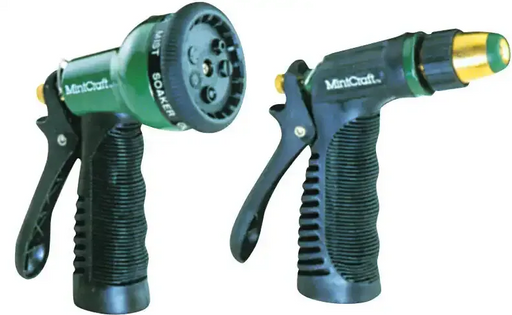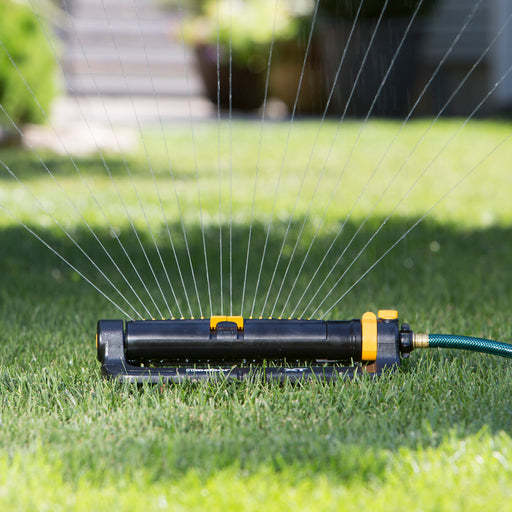Soil pH Test Kit for Lawns
SKU #'s
- J31595
- Delivery Available with Online Checkout
- Available In-store at Colchester Mackey's
- Not Available In-store at Willimantic Mackey's
- Not Available In-store at Woodstock Mackey's
Jonathan Green easy to use Soil pH Test Kit determines pH levels in just ten minutes. The kit includes 10 pH test capsules, one water dropper, a color comparator, complete instructions for adjusting soil pH, and a pH preference list for over 450 plants for the lawn, garden, and home. It is important to use either distilled water or rainwater when performing this test in order to get accurate pH readings. Tap water has been pH adjusted by municipal water authorities and this will affect the reading.
When testing your lawn’s soil pH, turf grass thrives in slightly acidic soil so aim to get your soil’s pH between 6.2 and 7.
- Easy to use kit determines soil pH in 10 minutes
- 10 test kits for multiple pH readings
- All that is needed is a soil sample and distilled water
- Includes pH color chart, full instructions, and a pH preference list for over 450 plants for the lawn, garden, and home
When to test your soil:
Testing your soil should be routine when preparing beds (Fall), before planting (Spring), and periodically during the growing season.
Preparing your soil samples:
For lawns, annuals, or house plants, take the soil sample from about 2-3” below the surface. For perennials, shrubs, vegetables, and fruit, the sample should be
from 4” deep. Avoid touching the soil with your hands. Test different areas of your soil, as it may vary according to past cultivation, underlying soil differences, or a localized condition. It is preferable to make individual tests on several samples from different areas than to mix the samples together. Place your soil sample into a clean container. Break up the sample with a trowel or large spoon and allow it to dry out naturally. This is not essential, however, it makes working with the sample easier. Remove any small stones, organic material such as grass, weeds, or roots, and hard particles of lime. Then crumble the sample finely and mix it thoroughly.
Now you’re ready to make your pH test:
- Remove the cap from the comparator and take out the package of capsules. Make sure the color chart (film) is in place.
- Fill the test chamber to the soil fill line with sample soil.
- Holding the capsule horizontally over the test chamber, carefully separate the two halves of the capsule and pour the powder into the test chamber.
- Using the dropper provided, add water (preferably distilled) to the water fill line.
- Fit the cap onto the comparator, making sure it is sealed properly and caps tightly. Shake thoroughly.
- Allow soil to settle and color to develop for about a minute.
- Compare the color of the solution against the pH chart. For best results allow daylight (not direct sunlight) to illuminate the solution.
How to alter soil pH:
Altering pH takes time, so do not expect too rapid of a change. The pH scale is a logarithmic scale from 0 – 14, with 7 being neutral. Each number represents a 10-fold change in acidity/basicness. A pH of five is ten times more acidic than having a pH of six. Because of this, it can take time to increase or decrease your soil’s pH.
After applying the product, wait at least one month and then test your soil pH again. At this point, adjust your plan according to the new pH reading.






